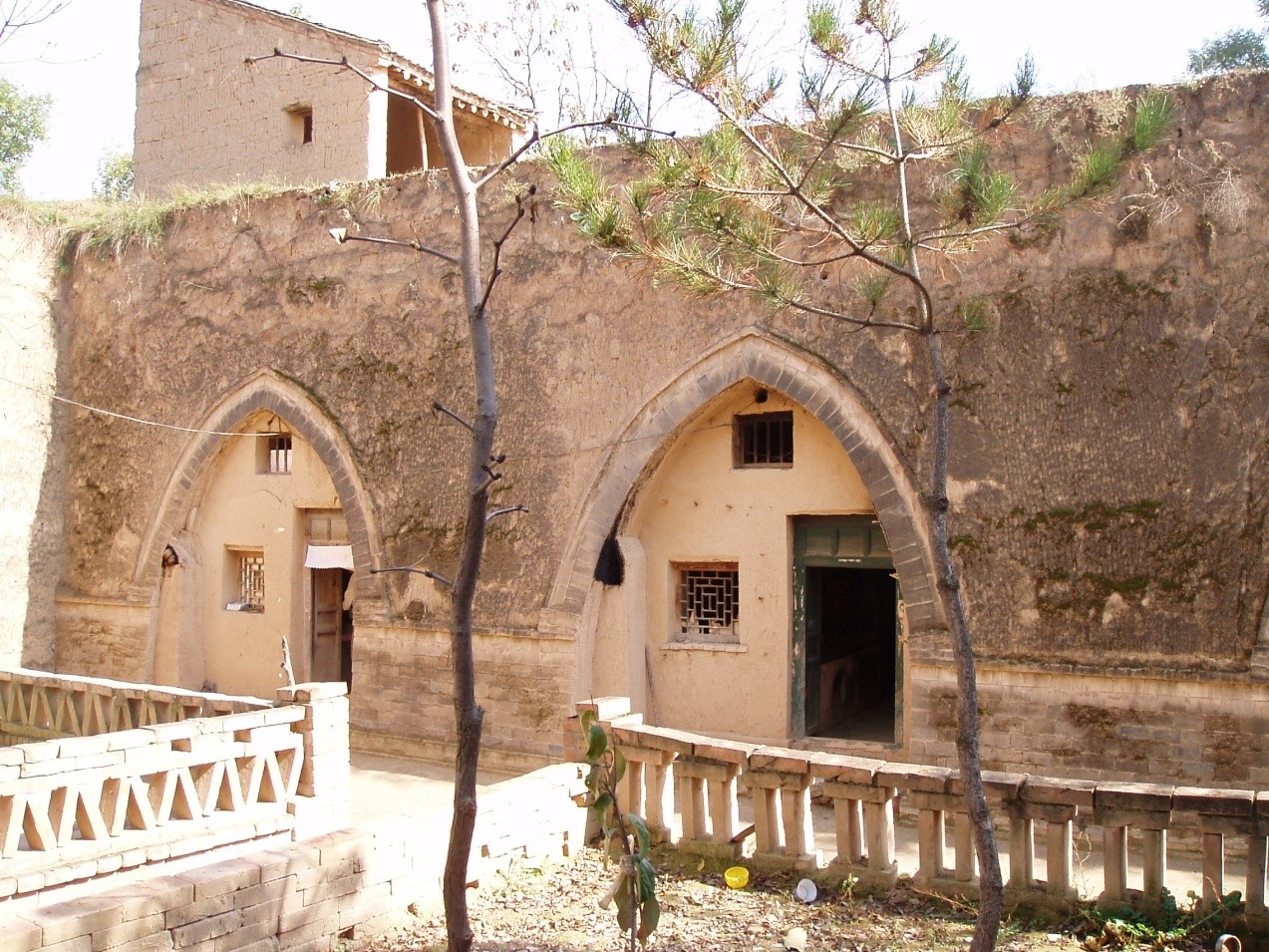Thoron in the environment
Webinar
Presenters: Shinji Tokonami
Date of broadcast: 13 November 2019, 9:00 am CET
About the webinar
In this webinar, professor Shinji Tokonami from Hirosaki University in Japan will talk about the unique characteristics of thoron, a radon isotope. Radon (radon-222) and thoron (radon-220) are main contributors of the annual effective dose for the public globally.
In situations where thorium-rich building materials have been unintentionally used indoors, the amount of thoron is often higher than the amount of radon. With a half-life of 55.4 seconds, thoron’s health risk is considered negligible. However, there are no epidemiological studies on thoron exposures so far. Studies on radon have proven that radon exposure leads to an increased lung cancer risk.
Residential radon concentration is usually measured by passive radon monitors. Several monitors detect not only radon, but also thoron, meaning that there is a risk for overestimating the level of radon. This could lead to a biased estimate of the lung cancer risk in epidemiological studies.
Learning objectives
During the webinar, participants will learn about:
- Basic thoron characteristics
- Where is thoron often found
- How thoron affects radon measurements
- What further studies are needed on thoron’s health effects
About the presenter
Shinji Tokonami (Hirosaki University, Japan) is a professor at Hirosaki University Institute of Radiation Emergency Medicine in the Department of Radiation Physics, where he specializes in radiation measurements and dose assessment. In 1995, he earned a Ph.D. in engineering from Waseda University. Throughout his career he has been involved with radiation research at Waseda University, the National Institute of Radiological Sciences, and Hirosaki University. In addition, he is a member of several international organization committees on standards regarding radon and radiation measurements. He has developed several measurement techniques and equipment related to his field, including a passive measurement technique for detecting radon-222 and radon-220.
